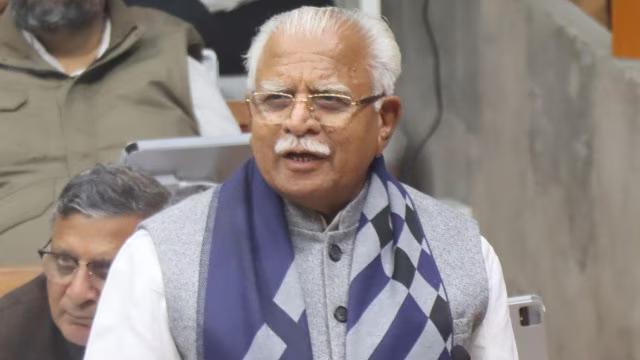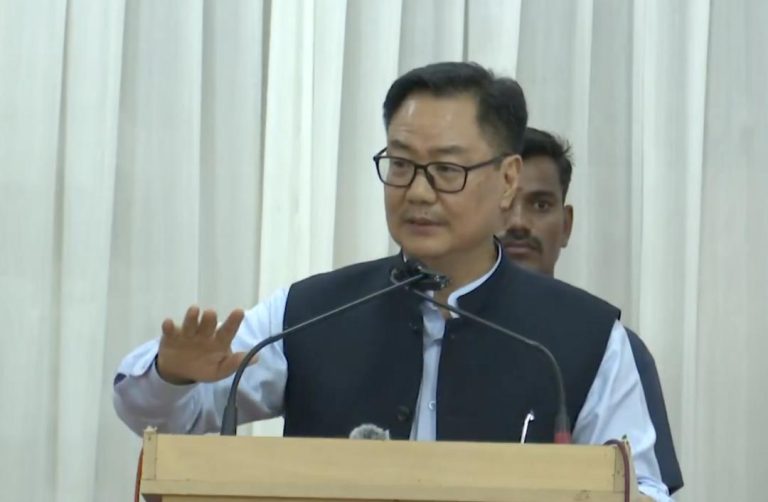
Title: No ‘major civic issue’ in Gurugram except waterlogging: Khattar
In a recent statement, Union Housing and Urban Affairs Minister Manohar Lal Khattar claimed that there are no “major civic infrastructure-related issues” in Gurugram, except for the issue of waterlogging that occurs during heavy rainfall. This statement has raised eyebrows among many, as the city has been grappling with various civic issues, including poor solid waste management, inadequate public transportation, and crumbling infrastructure.
However, Khattar’s statement seems to be based on official data from the Haryana government, which suggests that rapid urbanization has taken a toll on the city’s traditional drainage system. According to the data, the number of critical waterlogging points in Gurugram has decreased significantly from 90 in 2019 to 30 in 2024. This decline is attributed to the scaling up of emergency water-pumping infrastructure, which has helped to mitigate the problem of waterlogging during heavy rainfall.
Gurugram, a rapidly growing city in Haryana, has been facing several civic issues in recent years. The city’s population has been growing at a rapid pace, driven by the growth of the IT sector and the presence of several multinational companies. However, this rapid growth has put a significant strain on the city’s infrastructure, leading to a range of problems including traffic congestion, poor air quality, and inadequate public facilities.
One of the most significant civic issues facing Gurugram is the problem of waterlogging. The city’s drainage system is inadequate, leading to severe waterlogging during heavy rainfall. This not only causes inconvenience to residents but also poses a risk to their health and safety. Waterlogging can lead to the spread of diseases, and it can also cause damage to property and infrastructure.
Despite the challenges posed by waterlogging, Khattar’s statement suggests that the city is making progress in addressing this issue. The scaling up of emergency water-pumping infrastructure has helped to reduce the number of critical waterlogging points in the city. This is a positive development, and it suggests that the city is moving in the right direction in addressing this critical issue.
However, it is worth noting that the city still has a long way to go in addressing the problem of waterlogging. The city’s drainage system is still inadequate, and it is crucial that the authorities take steps to improve it. This can be done by investing in infrastructure such as stormwater drains, and by implementing measures to reduce the amount of rainwater that enters the drainage system.
In addition to the problem of waterlogging, Gurugram is also grappling with several other civic issues. The city’s traffic congestion is a major problem, and it is causing frustration to residents. The city’s public transportation system is inadequate, and it is struggling to cope with the growing demand for public transport. The city’s air quality is also a major concern, and it is posing a risk to the health and well-being of residents.
The city’s authorities need to take a comprehensive approach to addressing these civic issues. This includes investing in infrastructure such as roads, public transportation, and drainage systems. It also includes implementing measures to reduce pollution, such as increasing the use of public transport and promoting sustainable modes of transport.
In conclusion, while Khattar’s statement suggests that there are no “major civic infrastructure-related issues” in Gurugram except for waterlogging, the reality is that the city is still grappling with several civic issues. The city’s drainage system is still inadequate, and it is crucial that the authorities take steps to improve it. The city’s traffic congestion, poor air quality, and inadequate public facilities are all major concerns, and it is crucial that the authorities take a comprehensive approach to addressing these issues.






